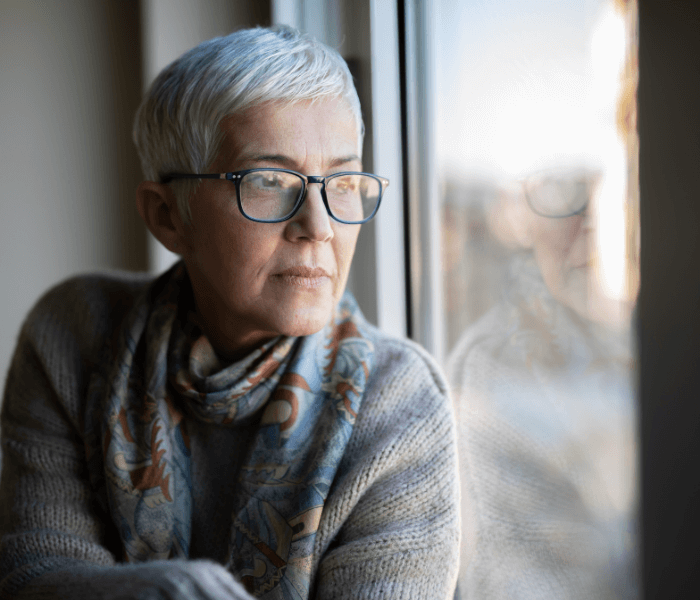4 mins read
What is Anovulation?

Anovulation is a condition that affects many women and occurs when a woman’s ovaries do not release an egg during her menstrual cycle. This can disrupt the normal functioning of the reproductive system and may lead to infertility. In this article, we will explore the causes, symptoms, and treatments for anovulation, providing you with the information you need to understand this condition and take control of your reproductive health.
How does ovulation work?
Ovulation is a vital part of the menstrual cycle. It occurs when a mature egg is released from one of the ovaries and is ready for fertilisation. This typically happens around the middle of the menstrual cycle, approximately 14 days before the start of the next period. During ovulation, the body produces hormones that stimulate the ovaries, ensuring the release of a healthy egg. This egg then travels through the fallopian tube, where it can potentially be fertilised by sperm.
However, in cases of anovulation, this process does not occur as it should. The ovaries fail to release an egg, resulting in an irregular menstrual cycle and decreased chances of becoming pregnant.
Can I menstruate without ovulating?
Yes, it is possible to menstruate without ovulating. This is known as an anovulatory cycle. During an anovulatory cycle, the body still goes through the menstrual process, shedding the lining of the uterus, but no egg is released. This can cause irregular periods and may make it difficult to track your fertility.
This unpredictability can be frustrating if you’re trying to conceive, as timing intercourse around ovulation becomes more difficult. It’s important to note that even during anovulatory cycles, you may experience symptoms commonly associated with ovulation, such as breast tenderness or changes in cervical mucus.
It’s worth mentioning that anovulatory cycles are relatively common and can occur occasionally without causing any long-term health issues. However, if you have concerns about your menstrual health, it’s always a good idea to consult with your doctor.
What Causes Anovulation?
Anovulation can affect women of all ages, but is most commonly experienced by women in their reproductive years.
Women who have irregular periods or struggle with fertility issues are more likely to experience anovulation. Irregular periods can be caused by hormonal imbalances, stress, excessive exercise, or certain medications. These factors can disrupt the delicate hormonal balance necessary for ovulation to occur.
Some medical conditions can also contribute to anovulation. One such condition is polycystic ovary syndrome (PCOS), a hormonal disorder that affects the ovaries. The hormonal imbalances associated with PCOS can interfere with the regular release of eggs, leading to anovulation.
In addition to PCOS, thyroid disorders can also play a role in anovulation. The thyroid gland produces hormones that regulate metabolism, growth, and development. When the thyroid is underactive (hypothyroidism) or overactive (hyperthyroidism), it can disrupt the normal hormonal patterns required for ovulation. Therefore, women with thyroid disorders may experience anovulation as a result of these hormonal imbalances.
It is worth noting that anovulation can also occur as women progress through perimenopause and reach menopause. This is due to the ovaries becoming less responsive to the control hormones and oestrogen and progesterone levels declining.
Symptoms of Anovulation
Anovulation can present itself through various symptoms, which may vary from woman to woman. Some common symptoms include irregular periods, absence of periods, or changes in the menstrual cycle. You may also experience increased hair growth, acne, or weight gain due to hormone imbalances. It is important to note that these symptoms may be indicative of other underlying conditions, so consulting with a healthcare professional is essential if you are experiencing any of these symptoms.
You might also be experiencing anovulatory cycles without showing any symptoms.
How common is anovulation in the UK?
Anovulation is a common condition in the UK. A study in 2007 found that anovulation was the cause of one third (33%) of infertility in couples attending fertility clinics[1]. The exact prevalence may vary depending on various factors, including age, overall health, and medical history.
Diagnosing Anovulation
Hormone blood tests can help to uncover why you may be experiencing anovulation. Blood tests, like our Female Hormones Test, can check key hormones related to your menstrual cycle and ovulation. The results may help you identify the cause of fertility or ovulation issues, making it easier to get help.
Treatments for Anovulation
There are various treatment options available for women with anovulation. The specific treatment plan will depend on the underlying cause and individual circumstances. Hormonal therapies, such as oral contraceptives or fertility drugs, can help regulate the menstrual cycle and induce ovulation. Lifestyle changes, including maintaining a healthy weight and managing stress levels, may also improve ovulatory function. In some cases, surgical interventions or assisted reproductive techniques, such as in vitro fertilisation (IVF), may be necessary to achieve pregnancy.
- Health scores calculated
Close
Article references
This information has been medically reviewed by Dr Thom Phillips
Thom works in NHS general practice and has a decade of experience working in both male and female elite sport. He has a background in exercise physiology and has published research into fatigue biomarkers.

Dr Thom Phillips
Head of Clinical Services
Related articles
Like this article? Here are some more based on similar topics.






